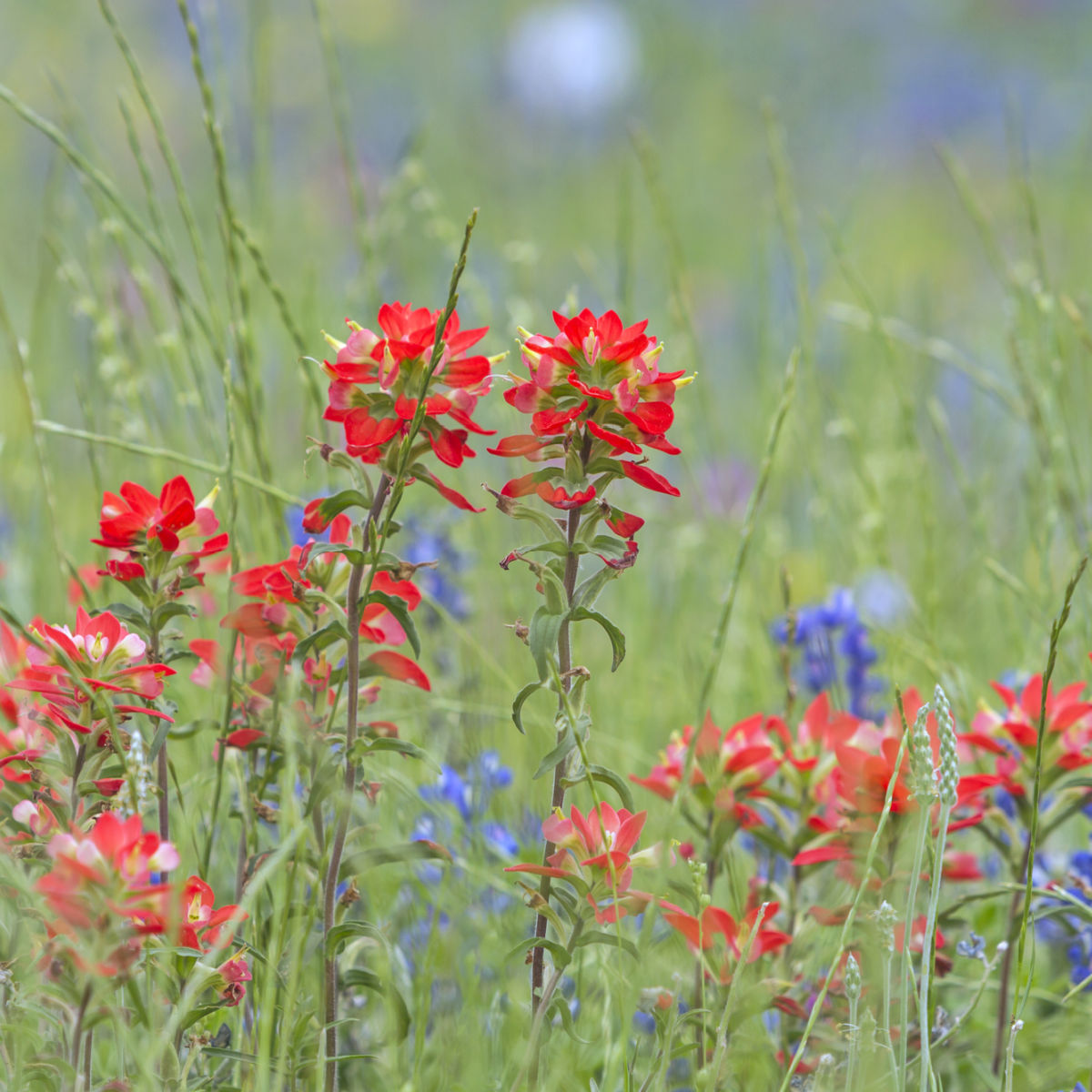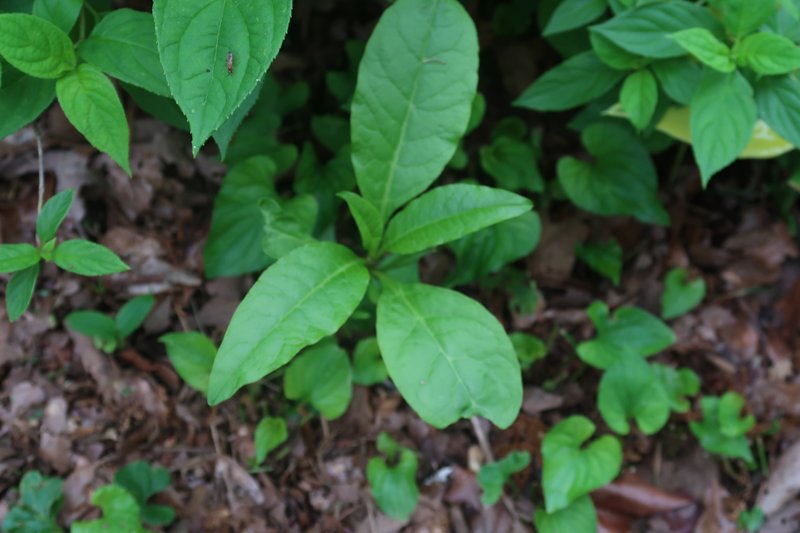Find What Plants Don't Like Epsom Salt in Your Yard
Find What Plants Don't Like Epsom Salt in Your Yard
Blog Article
Find Out About the Certain Plants That Are Detrimentally Affected by Epsom Salt Application
Epsom salt, a preferred house solution for various gardening troubles, is commonly commended for its valuable effects on plant growth. Nonetheless, not all plants react positively to its application. Comprehending the details plants that can be adversely impacted by Epsom salt is crucial for any type of garden enthusiast aiming to enhance their plant treatment routine. Roses, tomatoes, azaleas, peppers, and rhododendrons are simply a couple of examples of plants that may not react well to Epsom salt. The factors behind these adverse effects and exactly how to mitigate them are crucial knowledge for maintaining a flourishing yard.
Roses

Roses, especially conscious adjustments in their environment, can be negatively impacted by the application of Epsom salt. While Epsom salt is commonly made use of as a fertilizer to promote plant development and boost flowering, roses are one of the plants that do not respond well to its application. The high magnesium material in Epsom salt can disrupt the uptake of various other vital nutrients by the rose plants, resulting in shortages that show up as yellowing fallen leaves or stunted growth.

Tomatoes
While Epsom salt is commonly promoted as a treatment for different plant problems, including blossom end rot in tomatoes, its application can lead to detrimental end results if not made use of deliberately. Extreme Epsom salt, which is magnesium sulfate, can interrupt the fragile nutrient equilibrium needed by tomatoes, potentially leading to shortages in various other necessary nutrients like calcium. When considering the usage of Epsom salt on tomatoes, it is vital to adhere to recommended application prices and dirt screening to protect against unplanned repercussions on the overall health and efficiency of these precious garden plants.
Peppers
Peppers, admired for their numerous shades and degrees of spiciness, can show vulnerability to negative influences from Epsom salt when not applied with care and factor to consider for their details dietary needs. what plants don't like epsom salt. Peppers, coming from the Solanaceae household, require a fragile balance of nutrients to thrive. While Epsom salt is recognized to increase magnesium levels in plants, extreme application can interrupt this stability, resulting in adverse impacts on pepper plants
When peppers are exposed to high degrees of magnesium from Epsom salt, it can disrupt the plant's capability to absorb various other vital nutrients like calcium and potassium. This imbalance might manifest in symptoms such as leaf staining, stunted growth, and lowered fruit manufacturing. In addition, the excessive magnesium can change the dirt pH, additional aggravating nutrient uptake concerns for peppers.

Rhododendrons
Given the sensitivity of specific plant varieties to inequalities triggered by Epsom salt, it is crucial to consider the influence on Rhododendrons, which likewise call for details nutrient degrees to prosper. Rhododendrons are acid-loving plants that choose acidic soil conditions with a pH variety in between 4.5 and 6.0. Epsom salt, chemically referred to as magnesium sulfate, can modify the soil pH and interfere with the fragile equilibrium of nutrients essential for Rhododendron health.

To maintain the optimum development and health of Rhododendrons, it is important to prevent the indiscriminate use Epsom salt and rather focus investigate this site on offering the certain acidic soil conditions and nutrients that these plants need for growing.
Azaleas
Azaleas, understood for their vibrant blooms and wide variety of colors, are decorative bushes that belong to the Rhododendron category. These popular blooming plants are commonly discovered in landscapes, parks, and yards because of their charm and versatility. Azaleas are delicate to changes in soil pH levels, which can considerably influence their growth and total health and wellness. While Epsom salt is commonly made use of as a solution for magnesium deficiency in plants, its application to azaleas can have damaging impacts.
Azaleas like a little acidic Read Full Report dirt problems, and an unwanted of magnesium from Epsom salt can disrupt this equilibrium, leading to nutrient discrepancies and possible poisoning concerns. The wrong application of Epsom salt can result in stunted development, yellowing of leaves, and total decrease in the wellness of azaleas.
Verdict
Finally, it is important to be familiar with the details plants that can be negatively influenced by the application of Epsom salt. Roses, tomatoes, azaleas, rhododendrons, and peppers are some examples of plants that might not gain from Epsom salt and might also suffer damage. It is crucial to research study and recognize the requirements of each plant species prior to using Epsom salt as a plant food to guarantee their health and wellness.
Recognizing the specific plants that can be adversely influenced by Epsom salt is essential for any type of garden enthusiast looking to optimize their plant care regimen. While Epsom salt is generally made use of as a fertilizer to advertise plant development and boost flowering, roses are one of the plants that do not respond well to its application.Extreme visit this site usage of Epsom salt can also result in a build-up of salts in the dirt, leading to root damages and dehydration of the rose plants. While Epsom salt is recognized to boost magnesium levels in plants, excessive application can interrupt this equilibrium, leading to unfavorable impacts on pepper plants.
The high salt material in Epsom salt can additionally dry out Rhododendron origins, causing additional anxiety and damages to the plant. (what plants don't like epsom salt)
Report this page